Chamomile is among my top-choice herbs due to its delightful aroma and fantastic flavor in teas. It stands as my preferred herb for children, and I always keep chamomile tincture ready for any childhood pains or issues.
Adopting a whole-food diet has helped us avoid episodes of ear infections and congestion (though chamomile can aid with these too!), but some challenges, like teething discomfort, cannot be resolved merely with nutritious food!
Chamomile Tincture
In making herbal tinctures, I opt for German chamomile, also called Matricaria chamomilla, chamomilla recutita, or Matricaria recutita. Roman chamomile is available too, but it’s not as commonly used and has a distinct flavor. Each chamomile variety boasts slightly differing properties, so I’ll concentrate on German chamomile here.
How to Use Chamomile
Chamomile serves as a natural calming herbal solution that eases nerves and alleviates pain. It’s recognized for easing stomach troubles and reducing gas and colic in infants. I utilize it to calm fussy infants, soothe upset toddlers, and treat bruises.
For adults, chamomile can aid as a sleep aid, alleviate menstrual cramps and headaches, promote digestive wellness, and calm frazzled nerves. It’s also beneficial for the skin, notably eczema, and can even naturally lighten hair. Chamomile supports the nervous system and may enhance the immune system.
A minor study found chamomile may alleviate pain and stiffness associated with osteoarthritis. Similar to turmeric, chamomile assists in combating inflammation. Its liquid extract includes antioxidant flavonoids, like apigenin, that help fight inflammation and improve sleep.
While chamomile tea ranks as one of the top herbal teas, sometimes reaching for a tincture is quicker. Making a chamomile tincture at home is very simple and is my go-to gift for new parents. I bring it to the hospital when I have a baby (mainly for myself during labor!).
Homemade Chamomile Tincture
This straightforward and easy chamomile tincture is handy for both children and adults.
Prep Time: 5 mins
Maceration time: 14 days
Total Time: 14 days 5 mins
Yield: 28 ounces (approx)
Author: Katie Wells
Instructions
- Pack the chamomile flowers into a clean quart-size glass jar. For better extraction, you can blend the entire mixture (alcohol and chamomile) first, increasing the herb’s surface area.
- Fill the jar’s remainder with vodka or rum (ensure the alcohol is consumable) and seal tightly with an airtight lid. If using fresh chamomile, use alcohol with 190 proof.
- Store in a cool, dark area, shaking daily for 2-4 weeks for a potent tincture. Ensure the chamomile stays submerged by adding more alcohol if needed.
- After 2-4 weeks, strain using a cheesecloth or strainer. Store in jars or dropper bottles for convenience.
Storage: Keep your chamomile tincture in a cool, dry place away from direct sunlight and heat.
Some may prefer a non-alcoholic chamomile herbal extract. Herbal glycerites use vegetable glycerin as an alternative. Even though I feel comfortable giving chamomile tinctures to my infants and young children, here’s how to make a glycerite should you prefer that option.
Chamomile Tincture Dosing
- Infants: Only a few drops needed, often applied to gums or stomach for teething or colic discomfort.
- Toddlers and older children: 1/4 to 1/2 teaspoon can be administered 1-3 times daily as needed. It’s beneficial for babies and young children who have sleep difficulties, relaxing and soothing them for a restful sleep.
- Adults: Up to 1 teaspoon, 1-3 times a day if necessary.
Any herb can be preserved using this method, and it often offers the most cost-effective means of utilizing herbs. While I cultivate many of my herbs, I acquire organic chamomile or other herbs from another source if they’re not in my garden.
Chamomile Tincture Variations
At times, I may tincture a single herb, but having blended options on hand is advantageous too. Chamomile blends seamlessly with catnip, lemon balm, peppermint, or fennel. Catnip and lemon balm are soothing nervines, while peppermint and fennel help ease digestive disturbances.
Another tincture I keep is my homemade Herbal Digestive Remedy Tincture. It uses peppermint and fennel, though adding chamomile is also a possibility. The beauty of homemade herbal supplements is the capacity to tailor them to specific needs!
This information underwent medical review by Jessica Meyers, MPAP, PA-C, RH(AHG), specializing in herbal protocols and functional medicine. You can find Jessica on Instagram. Remember, this is not individual medical advice, and we advise discussing with your doctor.
What homemade tinctures do you prepare? Share your thoughts below!


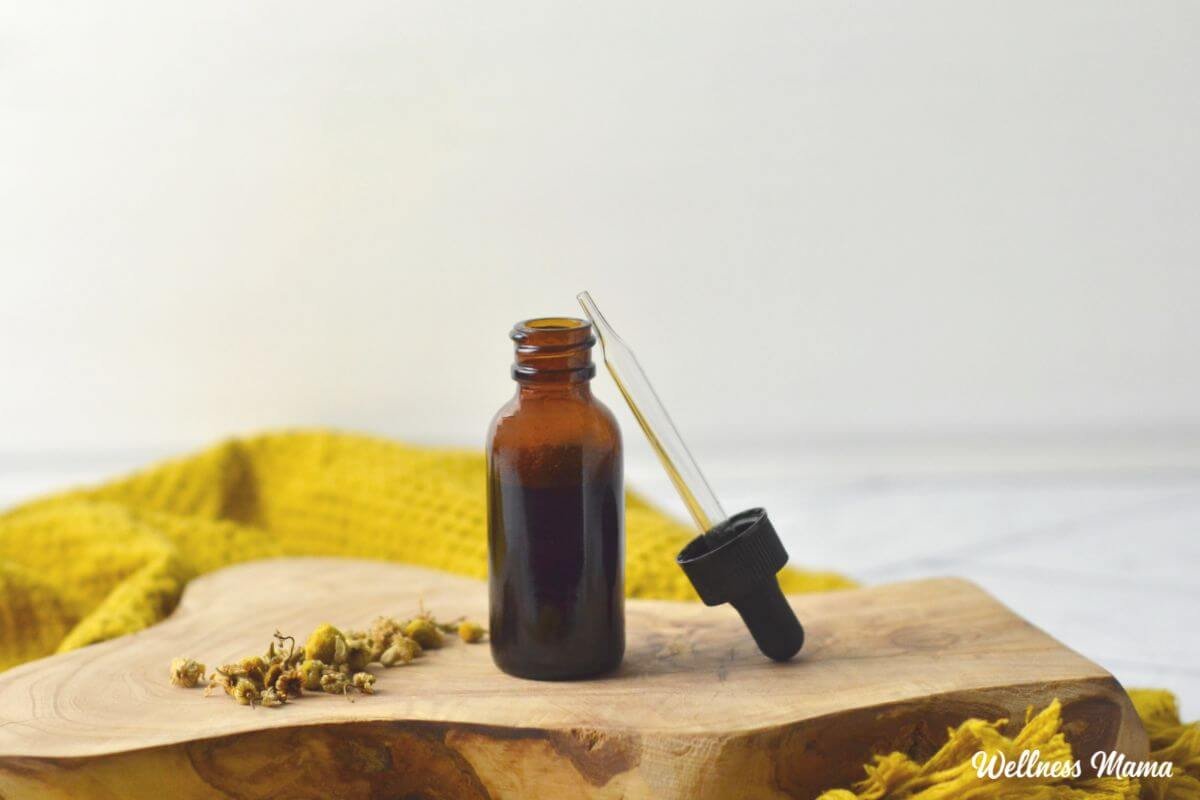
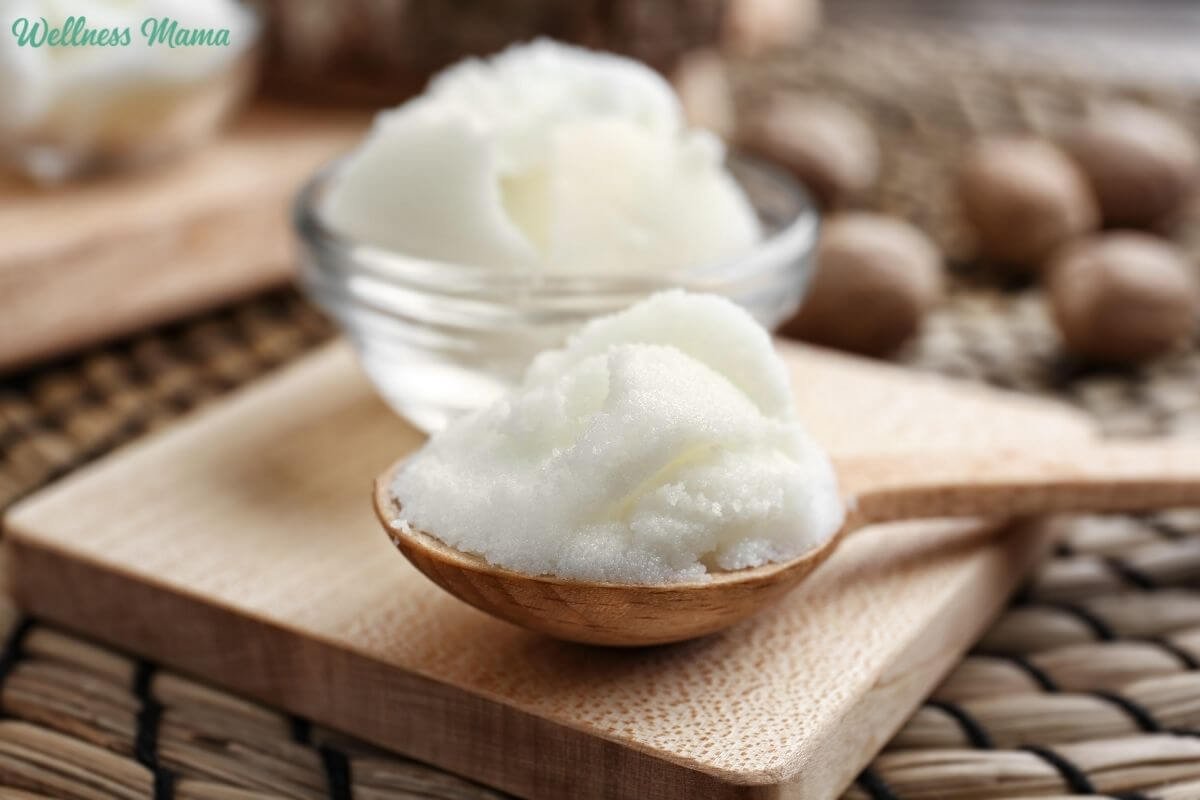
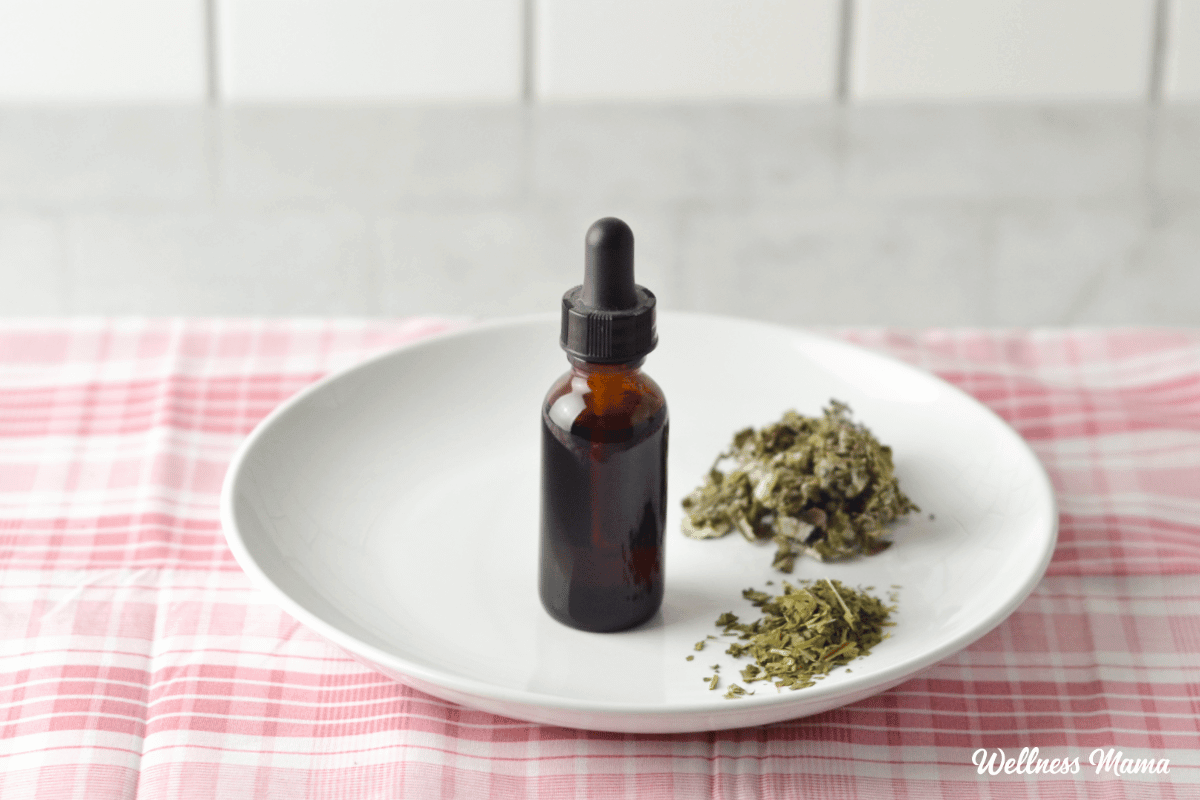

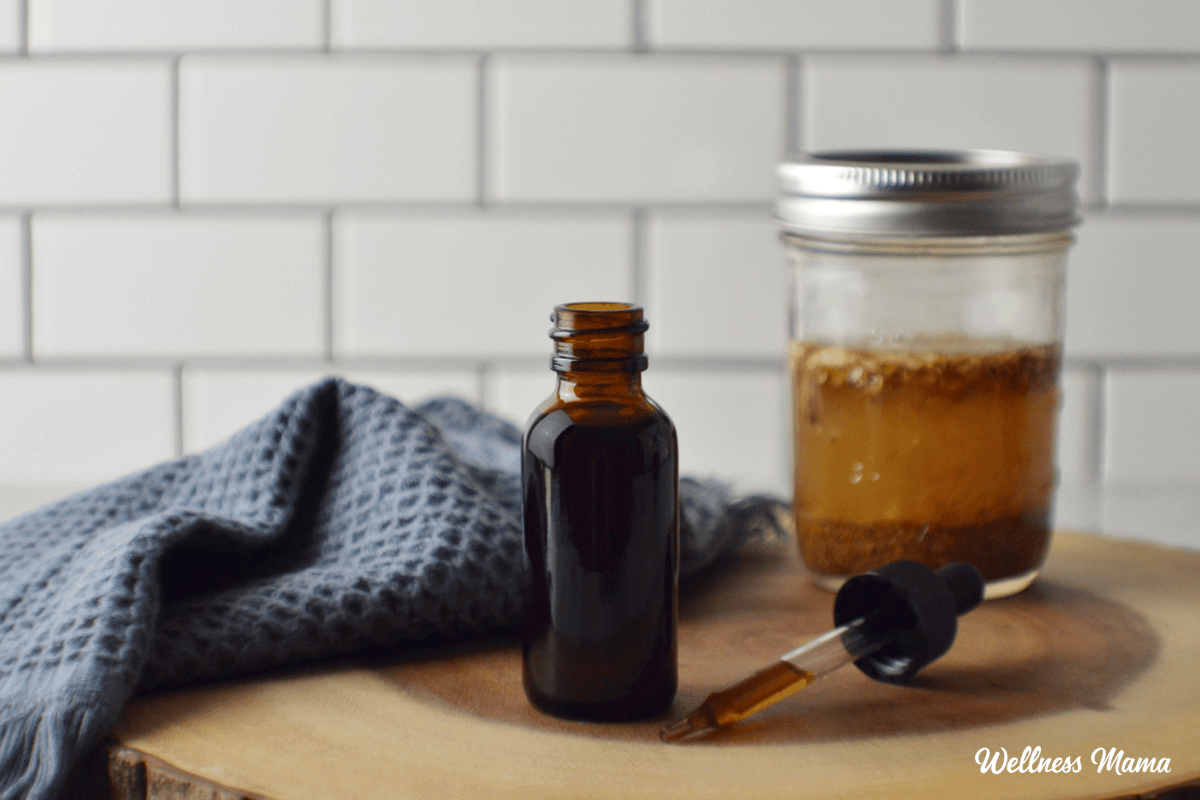



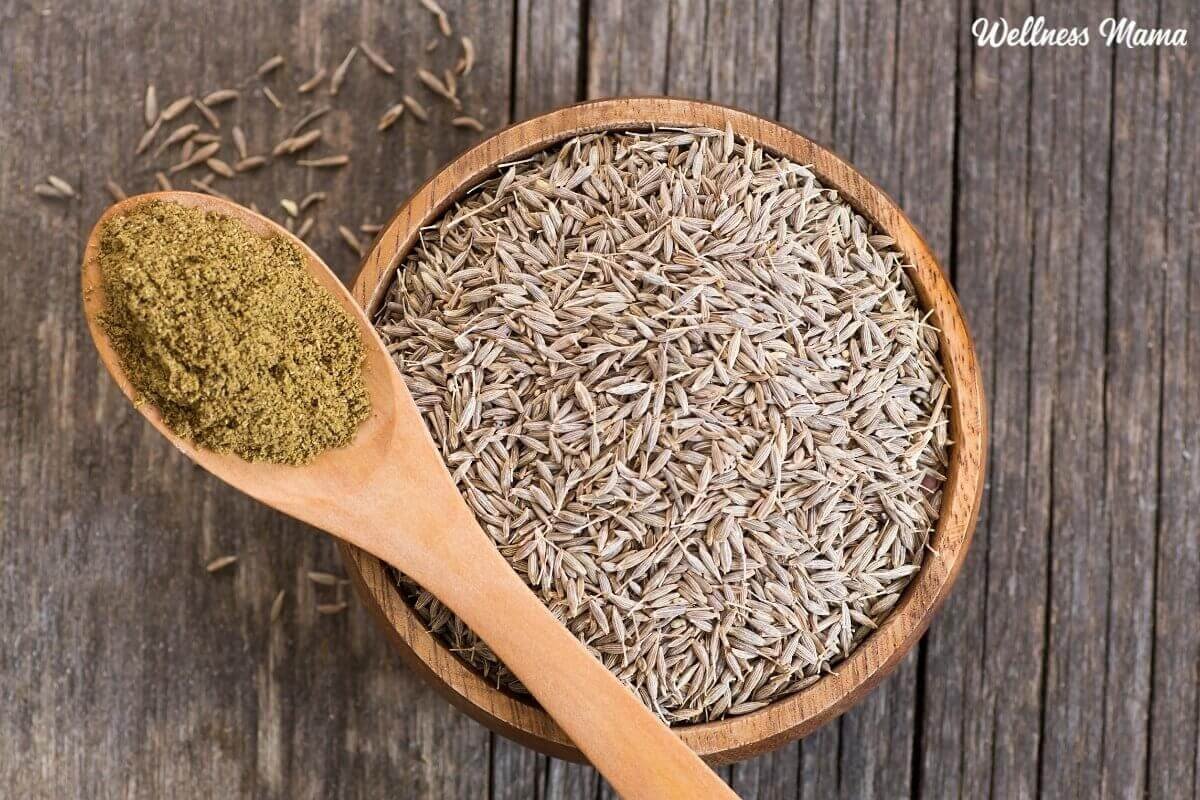



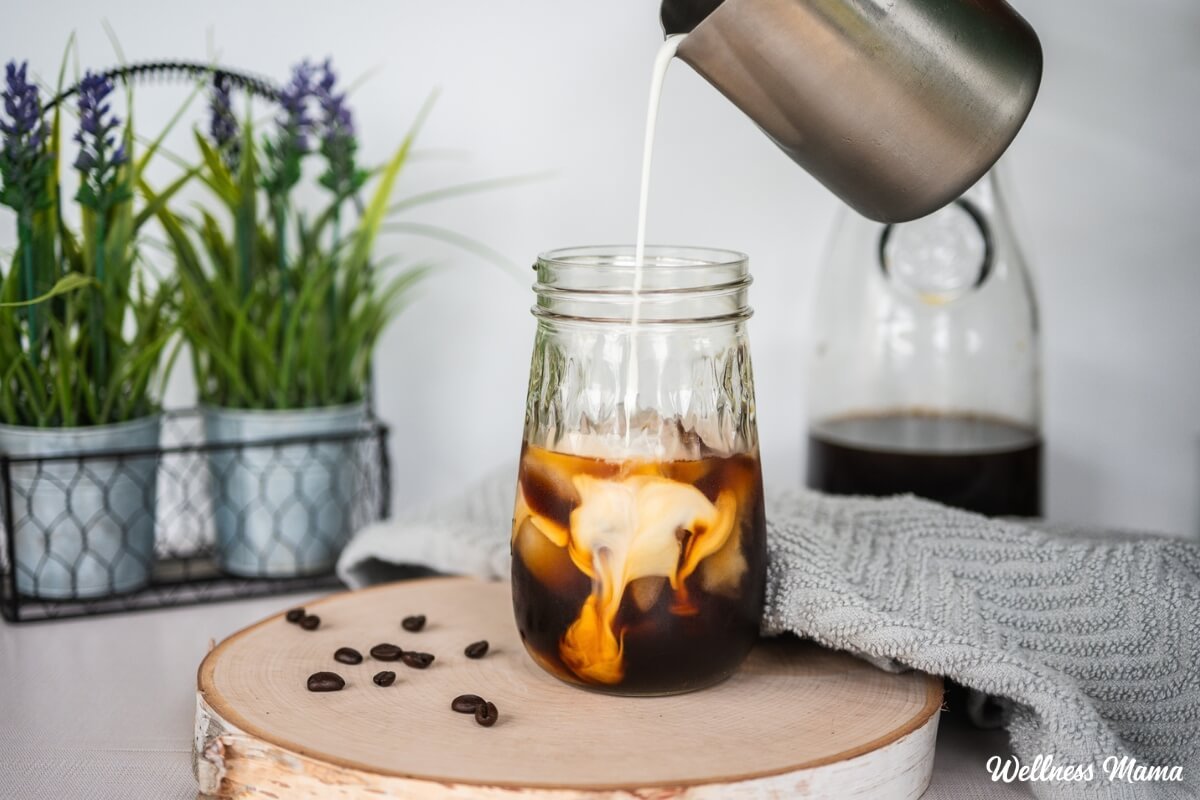
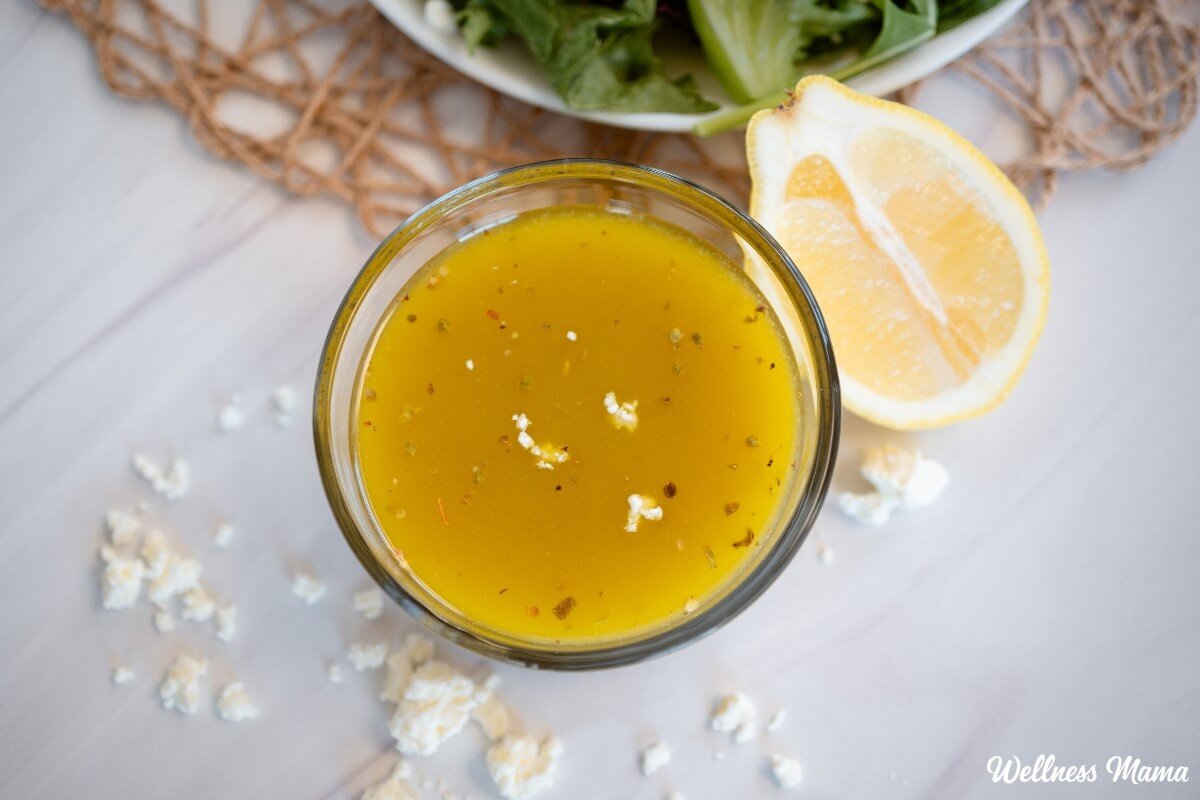
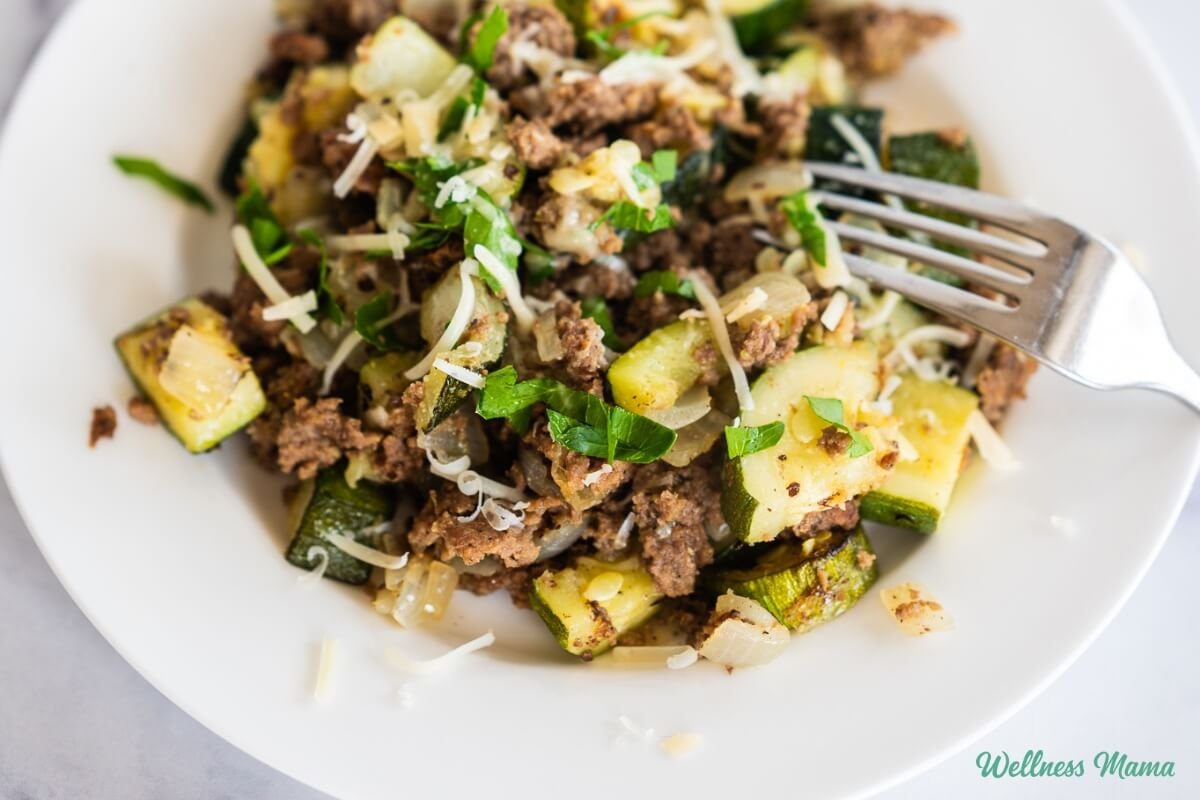
Leave a Reply